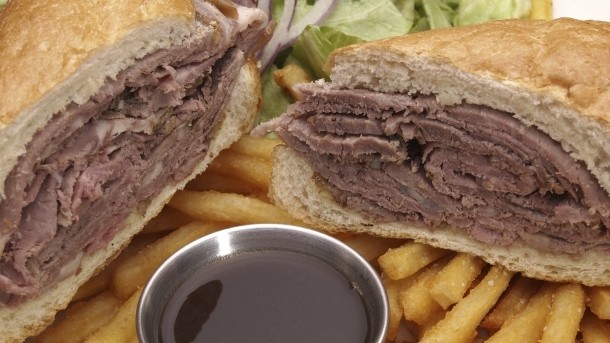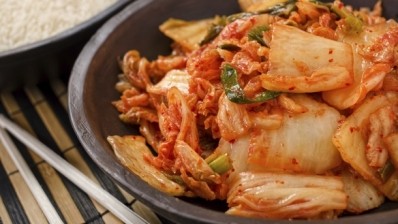Trend watch
Menu trends: French dip, burnt ends and bacon jam

Burnt ends
Charred meat cut from barbecued brisket, known as ‘burnt ends’, are becoming one of the emerging trends in the UK’s high street restaurants, according to foodservice expert Horizons in its latest Menu Trends survey.
According to the biannual survey, which tracked high street menus from Oct-Nov 2014, the use of burnt ends – made with either beef or pork - are now starting to go mainstream, having previously been limited to specialist barbecue restaurants.
Mitchells & Butler brand O’Neill’s, the Irish pub chain with nearly 40 outlets, had burnt end chilli and melted cheddar on its menu over the last quarter, while Inventive Bar Company’s Revolution (with over 50 bars in the UK) featured pinto beans with pork burnt ends.
Operators dipping in
US innovation ‘French dip’ sandwiches are also making an appearance on mainstream British menus for the first time. These are made with thinly sliced roast beef on a baguette served with beef juice from the cooking process.
TGI Friday’s and OK Diner are among the high street restaurants which had French dip sandwiches on their menus, with London-based restaurant Dip & Flip specialising in them.
Bacon jam
The survey also shows the emergence of meat in sauces such as baconnaise and bacon jam.
Brands Gourmet Burger Kitchen and All Bar One and Castle Pubs have all sold dishes featuring meat jams and mayonnaises.
Cosmopolitan tastes
Dukkah, the Egyptian herb and spice condiment, Italian spreadable pork sausage n’duja and the reappearance of spicy noodle soup laksa are also menu trends noted in the survey.
Nicola Knight, Horizons’ director of services, said: “Tastes are becoming ever-more cosmopolitan, with British dishes declining on menus in favour of food from
the Mediterranean, Asia and Latin America.”
Margin boosters
Operators are keen to improve their margins, prompting a rise in dishes made with cheaper
cuts of meat and more use of seasonal vegetables.
Lobster and crab continue to feature more on UK menus, up 28% and 14% year-on-year respectively, prompted by a slump in wholesale prices.
Café Rouge’s menu featured bisque de homard, London-based Ping Pong had lobster dumpling and Jamie’s Italian sold crab bruschetta.
Salmon growth
The appearance of salmon is also up, partly because of the growth of sushi as well as its use in new ways such as on pizzas.
Hot stuff
The nation’s taste for chilli is also still in evidence with hot chilli sauce sriracha seeing a 400% growth year-on year, while super-hot ghost chillis are now being used by at least three pub brands to add fire to their menu.
Veg growth
On-trend beetroot, with its superfood credentials, has shown a 24% increase in appearance on menus over the winter period, with in-season butternut squash, sweet potato and cauliflower also featuring significantly more.
Early risers
Breakfast trends include the hash, either as a hash brown, corned beef hash or cheese & onion hash, while health-conscious Bircher muesli made five times as many menu appearances as it did last year.
Not Burgering off
If you thought burgers were on the way out, think again. Restaurant operators are working harder to produce ever-more exotic burgers such as Beefeater’s double steak festive burger, Hungry Horse’s double donut burger and Wildwood restaurant’s wild boar & chorizo burger.
Health matters
Knight said: “Health seems to be an increasing factor in consumer choice. When consumers eat out more regularly, as they are now starting to do, they want a choice of healthy foods as well as more indulgent dishes.”
Menu wording
The use of the words ‘allergy’ or ‘allergen’ had seen a 20% year-on-year increase. General awareness of food intolerances by operators has been driven largely by the allergen information legislation of December 2014, as well as by demand from consumers.
Gluten-free terminology also shows an increase, up 15% year-on-year.
The promotion of dishes low in salt or carbohydrates has declined, while menus showed a renewed focus on buzzwords such as superfoods, omega 3 and low-fat, healthy dishes.







